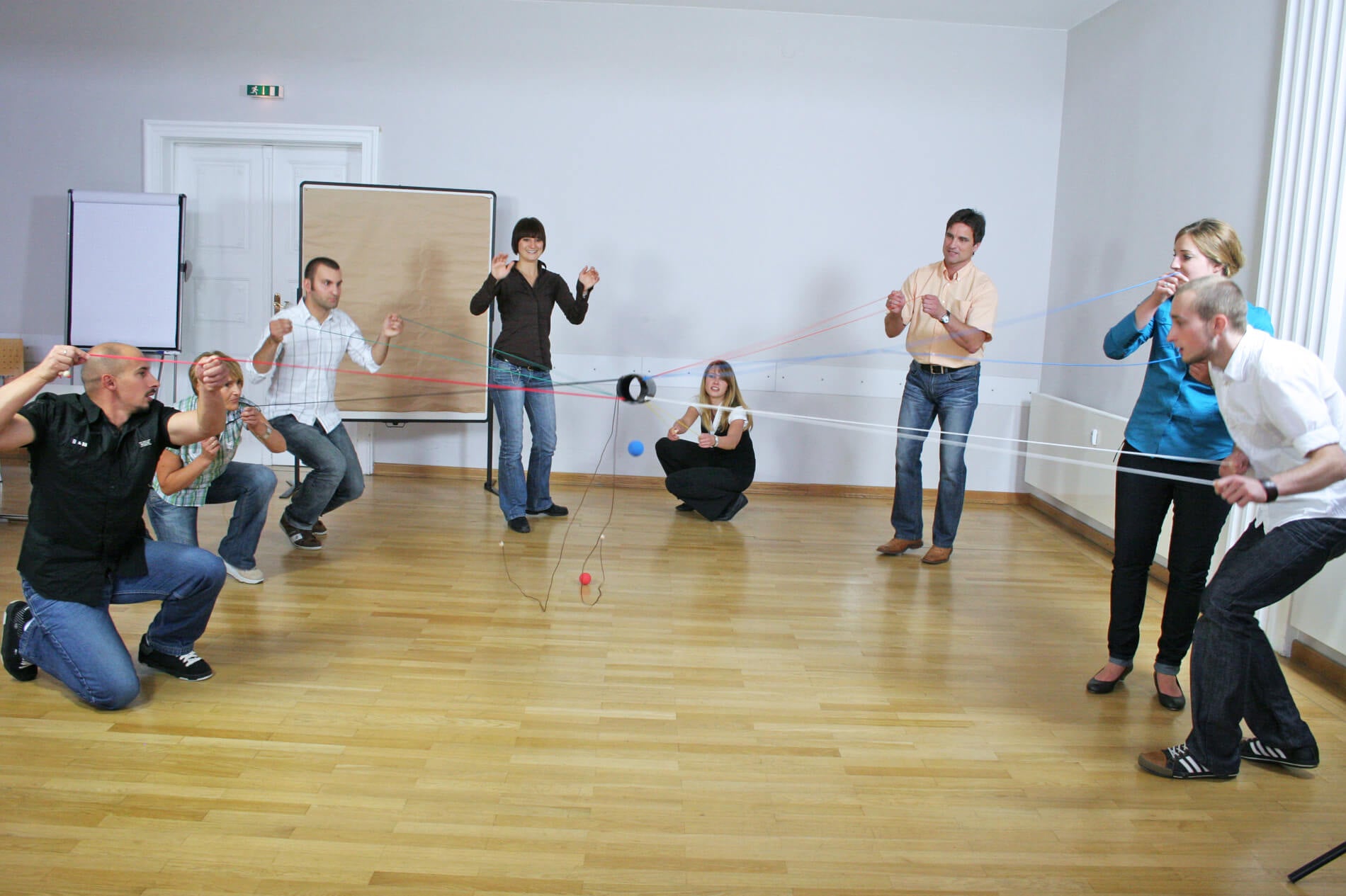- No products in the cart.

Learn how a clever teacher planned a fun intervention powered by Scoop and simple metaphors to lead her unruly students to think of themselves as a team
It's not unusual for high school students to be moody and unmotivated in school – they're teenagers after all – but when Sabrina Kohler's ninth-grade students at the Nieder-Olm Integrated Secondary School were increasingly rude to each other and so boisterous that other teachers complained, she knew it was time to act.
Fortunately, Kohler had already been their teacher for a year, and she had a good rapport with them. She had also been trained in experiential learning and had just attended a Metalog workshop. She was brimming with enthusiasm about Metalog Tools, and saw the low morale in her classroom as the perfect opportunity for an interactive learning project.
Kohler's strategy was to encourage her students to see themselves as a team. If they realized they had similar goals, she reasoned, they'd be more likely to stop bickering and start supporting each other instead.
She chose Scoop for the project. The team building tool is fun and interactive, and vividly illustrates how important it is for teams to work together to reach their goals.
To overcome their shared obstacles, students used the strings that connected them
She set the stage by hiding Scoop under a cover on the floor and had everyone sit in a circle around the tool. She gave each student three index cards and a marker, and asked them to answer three questions:
- What is my goal here at school? What do I want to achieve?
- What obstacles are preventing me from meeting my goal?
- When I stand on stage during graduation, what will have to happen right now for me to look back and say it was a good year?
She then had everyone share their answers with the class, which revealed that most of her students had the same two goals – to get good grades and to feel comfortable in class. She wrote their goals onto two pieces of paper and set them down in the middle of the group.
Their obstacles varied a bit more – from unfriendly behavior toward each other to constant disruption to problems with the learning material – but Kohler captured the most common issues on a new set of index cards, which she then set on the floor and covered with one ball each. Finally, she tore the cover off Scoop, and announced, "What you see here is the tool that will help you solve your problems!"
"You now have the opportunity to solve your problems together," she added. "This tool works like a catalyst that reveals and reinforces the strengths of the group, and you can use only this to move the balls."
The metaphors were easy to follow. The balls represented roadblocks to success, Scoop was a new approach to facing problems by 'pulling together,' and the handheld strings that control Scoop's movement were connections between students.
"The students were not previously aware that they all had the same goals and generally all faced the same difficulties. In addition – and most importantly – they had a successful and mutually effective experience as a group. What they experienced in the activity was the spark that motivated them to try to work together and to support each other in tackling the difficulties they faced in the real world."
Observing their own new-found teamwork
After the class leapt into action and quickly worked together to move the balls, Kohler asked her students three questions:
- What did you experience?
- What helped solve the problems? Why did it work? What worked well?
- What could work even better?
Next steps: taking what they learned back to class
She led an interactive discussion, recording everyone's comments on a flipchart, then pressed them to consider how the qualities they demonstrated during the exercise – skills they already possessed – could be applied to their day-to-day interaction at school. In a subsequent session, they also brainstormed various solutions for working together more effectively, including:
- Creating a new code of conduct for the class.
- Shifting to a culture of praise instead of disrespect.
- Practicing confrontation techniques to learn how to communicate without aggression.
- Forming learning teams.
About the trainer
Sabrina Kohler is a teacher in Neider-Olm, Germany. She is trained in experiential education, dispute resolution and aggression counseling.




